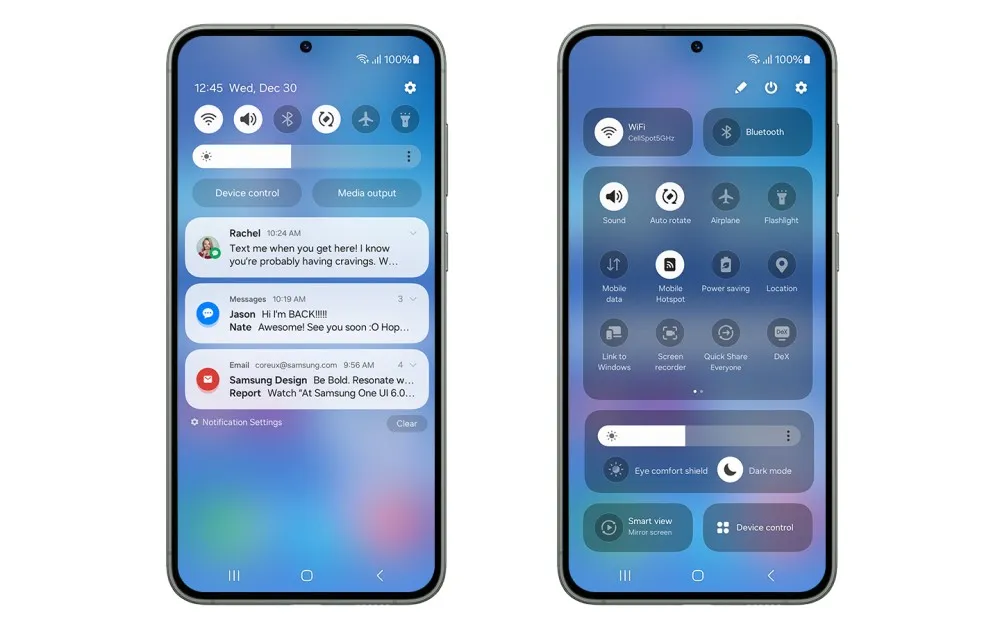Shane Jones, a manager in Microsoft’s software engineering department, recently discovered a vulnerability in OpenAI’s DALL-E 3 model, which is known for generating text-based images. This flaw allows the model to bypass AI Guardrails and generate inappropriate NSFW (Not Safe for Work) content. Upon discovering this vulnerability, Jones reported it to both Microsoft and OpenAI. However, instead of receiving a satisfactory response, he was met with a “Gagging Order” from Microsoft, which prohibited him from publicly disclosing the vulnerability.
Jones, concerned about the potential security risks associated with this vulnerability, decided to share the information publicly despite Microsoft’s directive. He took to LinkedIn to write an open letter, urging OpenAI to temporarily suspend the DALL-E 3 model until the flaw could be addressed. However, Microsoft downplayed the severity of the vulnerability and questioned its success rate.
Despite his efforts to communicate internally with Microsoft about the issue, Jones received no response. Frustrated by the lack of action, he made the decision to disclose the vulnerability to the media and relevant authorities. Jones also linked the vulnerability to recent incidents of AI-generated inappropriate content featuring Taylor Swift, which were allegedly created using Microsoft’s Designer AI function, which relies on the DALL-E 3 model.
Microsoft’s legal department and senior executives warned Jones to stop disclosing information externally, but the vulnerability remained unpatched. As media outlets like Engadget sought an official response from Microsoft, the company finally acknowledged the concerns raised by Jones. Microsoft assured the public that it would address the issues and work towards fixing the vulnerabilities.
Concerns over Vulnerability in OpenAI’s DALL-E 3 Model Uncovered by Microsoft Manager
A vulnerability in OpenAI’s DALL-E 3 model, discovered by Shane Jones, a manager in Microsoft’s software engineering department, has raised concerns about potential security risks. The flaw enables the model to generate inappropriate NSFW content by bypassing AI Guardrails. Despite reporting the issue to both Microsoft and OpenAI, Jones faced a “Gagging Order” from Microsoft, preventing him from disclosing the vulnerability publicly.
Downplayed Severity and Lack of Response
Jones stumbled upon the vulnerability during independent research in December. He promptly informed Microsoft and OpenAI about the issue, emphasizing the security risks associated with it. In an open letter on LinkedIn, Jones urged OpenAI to temporarily suspend the DALL-E 3 model until the flaw was addressed. However, Microsoft responded by instructing him to remove the LinkedIn post without providing any explanation.
Despite seeking internal communication with Microsoft to address the issue, Jones received no response. Frustrated by the lack of action, he decided to disclose the vulnerability to the media and relevant authorities. Jones also linked the vulnerability to instances of AI-generated inappropriate content featuring Taylor Swift, allegedly created using Microsoft’s Designer AI function, which relies on the DALL-E 3 model.
Unpatched Vulnerability and Media Attention
Microsoft’s legal department and senior executives warned Jones to stop disclosing information externally. However, even with these warnings, the vulnerability remained unpatched. Media outlets, including Engadget, sought an official response from Microsoft, which finally acknowledged the concerns raised by Jones. The company assured the public that it would address the issues and work towards fixing the vulnerabilities.
It is crucial for organizations to take vulnerabilities seriously and prioritize their resolution to ensure the security and integrity of their products and services. While the exact nature and impact of this vulnerability are not explicitly stated, it is clear that Jones’s concerns should be acknowledged and addressed promptly. The incident also highlights the importance of responsible disclosure and effective communication between researchers and companies to mitigate potential security risks.


